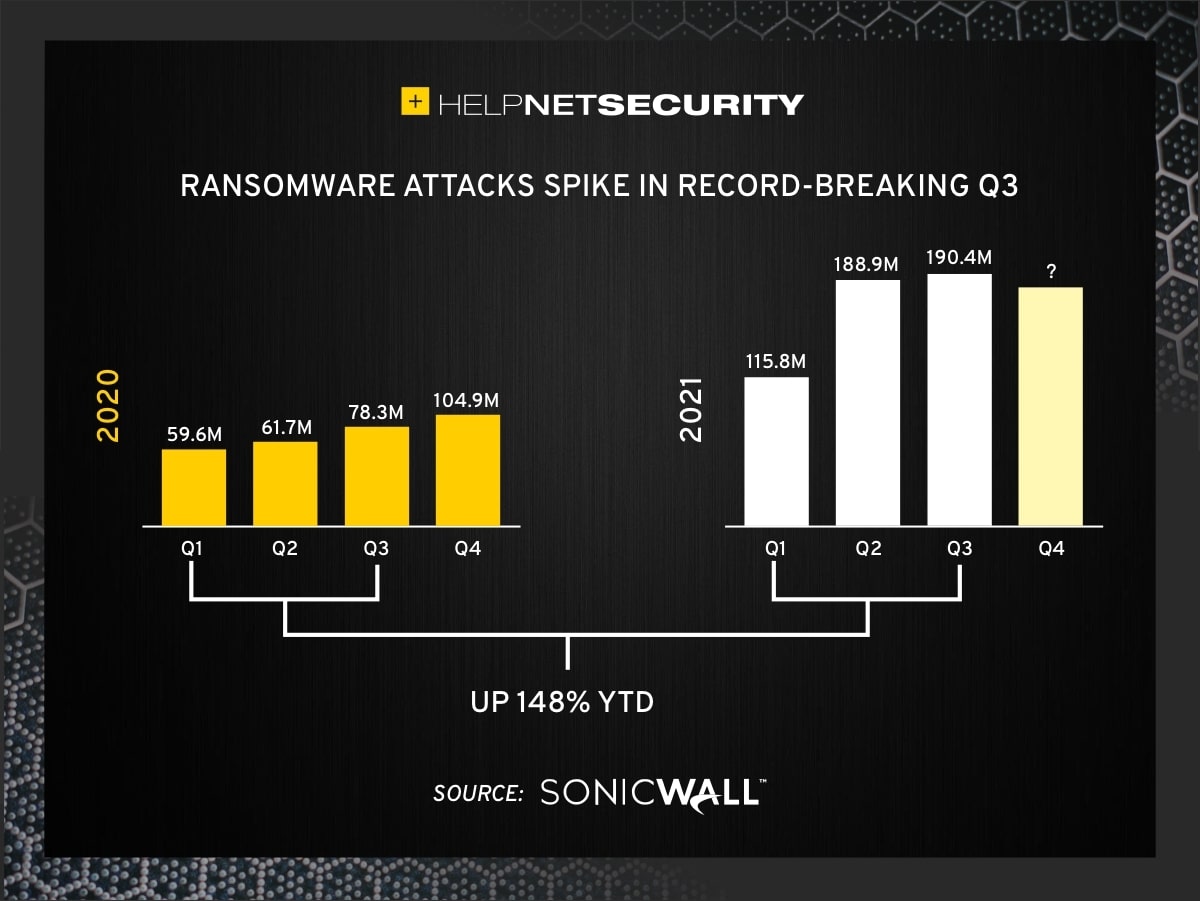Man-in-the-Prompt: How AI Models Like ChatGPT Can Be Hacked

Man-in-the-Prompt: How AI Models Like ChatGPT Can Be Hacked
Large language models (LLMs) like ChatGPT and Gemini are revolutionizing how we interact with technology. But beneath their impressive capabilities lies a potential security vulnerability: "man-in-the-prompt" attacks, also known as prompt injection. This article explores how these attacks work, the risks they pose, and what can be done to protect against them.

How to Prevent Prompt Injections: An Incomplete Guide | Haystack
What are Man-in-the-Prompt Attacks?
Man-in-the-prompt attacks, or prompt injection attacks, involve manipulating the input given to an LLM to make it behave in unintended ways. Think of it as tricking the AI into bypassing its built-in safety measures or revealing sensitive information. These attacks exploit the fact that LLMs treat user input as instructions, and clever attackers can craft prompts that override the original programming.
There are two main types of prompt injection attacks:
- Direct Prompt Injection: This involves directly inserting malicious instructions into the prompt. For example, an attacker might tell the LLM to ignore previous instructions and instead output a specific piece of text or execute a command.
- Indirect Prompt Injection: This is a more subtle approach where the malicious instructions are embedded in external data that the LLM processes. For example, an attacker could inject a prompt into an email or document that the LLM is instructed to analyze.
The Risks of Prompt Injection
The consequences of successful prompt injection attacks can be significant:
- Bypassing Content Filters: Attackers can trick the LLM into generating harmful or inappropriate content, such as hate speech or misinformation.
- Data Leakage: Sensitive information that the LLM has access to can be extracted and revealed to unauthorized parties.
- Command Execution: In some cases, attackers can use prompt injection to execute commands on the underlying system, potentially leading to data breaches or system compromise.
- Reputation Damage: If an LLM is used in a public-facing application, a successful prompt injection attack can damage the reputation of the organization responsible for the AI.
How to Defend Against Prompt Injection
Protecting against prompt injection attacks requires a multi-layered approach:
- Input Validation: Carefully validate and sanitize user input to remove potentially malicious instructions.
- Prompt Engineering: Design prompts that are less susceptible to manipulation. This can involve using clear and unambiguous instructions, and limiting the LLM's ability to follow external instructions.
- Sandboxing: Run the LLM in a sandboxed environment to limit the damage that can be caused by a successful attack.
- Regular Security Audits: Conduct regular security audits to identify and address potential vulnerabilities.
- Monitor and Detect: Implement monitoring systems to detect and respond to suspicious activity.
Key Takeaways
Prompt injection attacks pose a serious threat to the security and reliability of LLMs. By understanding how these attacks work and implementing appropriate defenses, we can mitigate the risks and ensure that these powerful AI tools are used responsibly.
References
- Prompt Injection Attacks on LLMs | HiddenLayer | Security for AI
- What Is a Prompt Injection Attack ? | IBM
- Cyber experts are concerned about AI ' prompt injection' attacks
- Prompt Injection Examples & Defenses Guide
- How Microsoft defends against indirect prompt injection ...
- Prompt Injection Attacks: Types, Risks and Prevention
- What are prompt injection attacks in AI, and how can they ...
- https://haystack.deepset.ai/blog/how-to-prevent-prompt-injections/injection-classes.png





